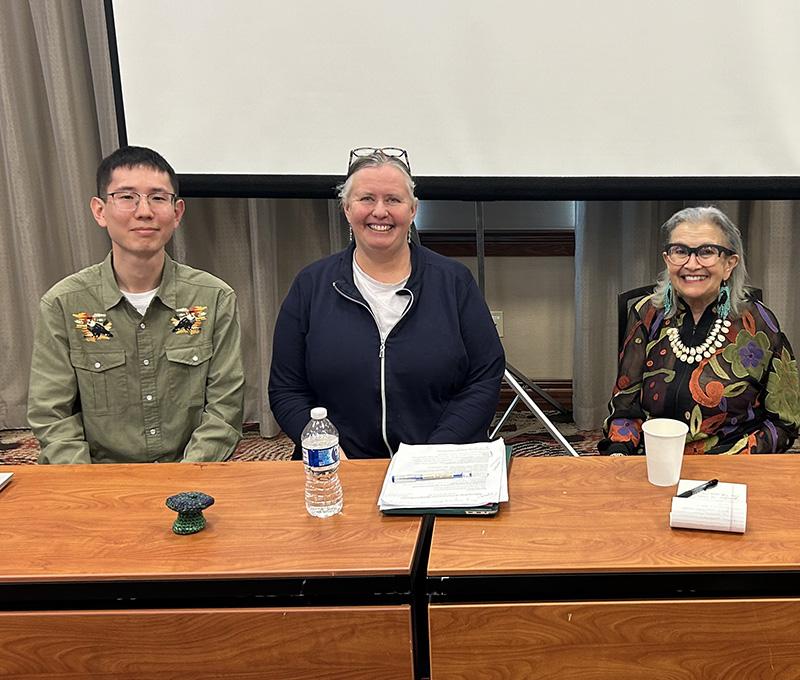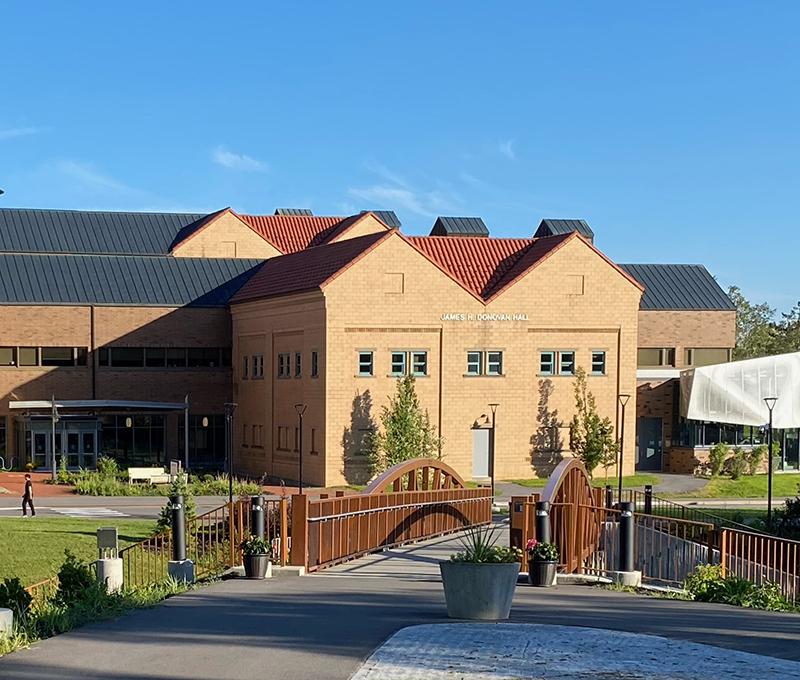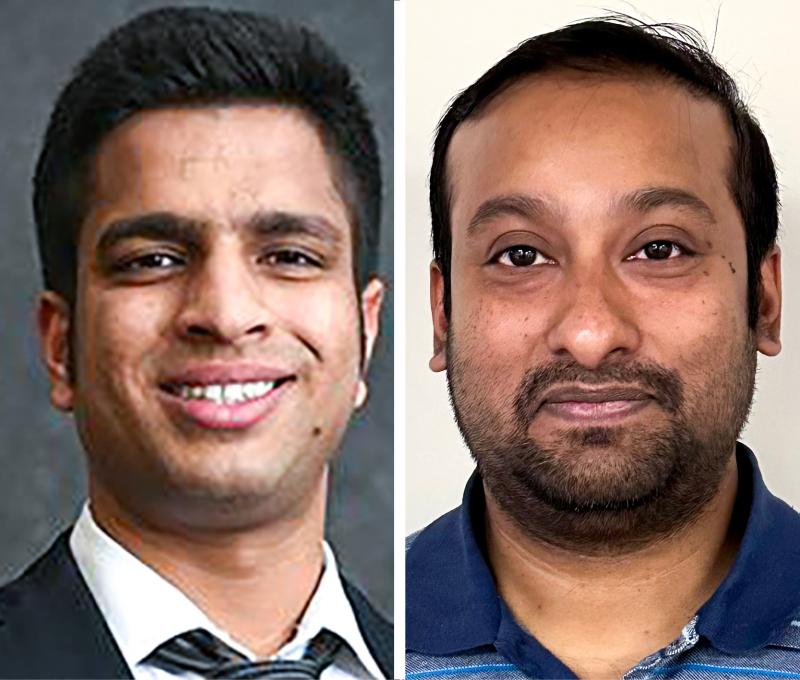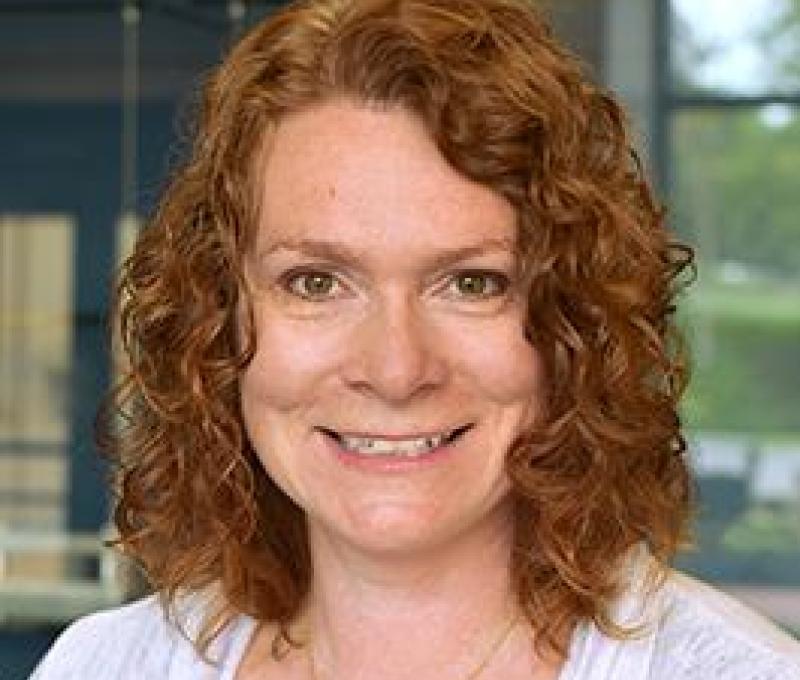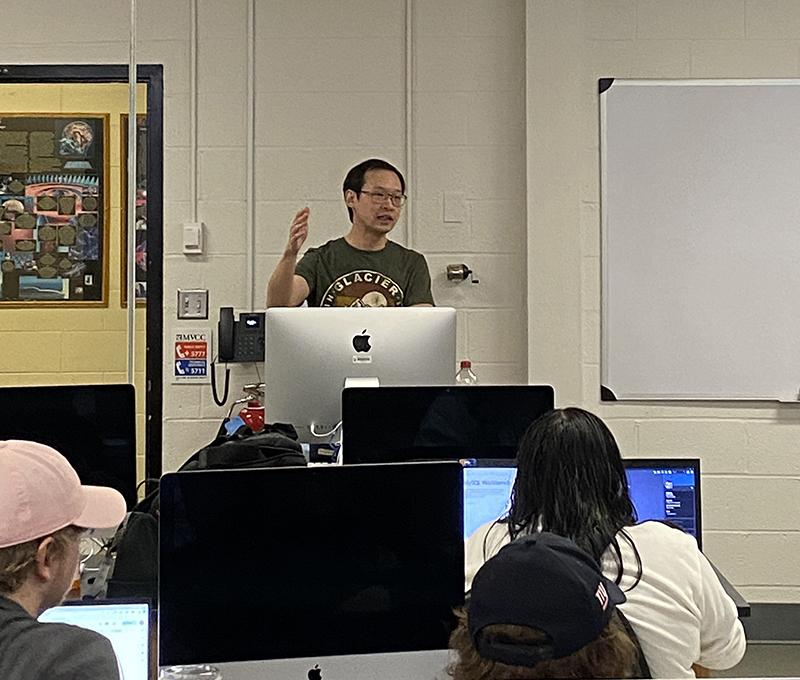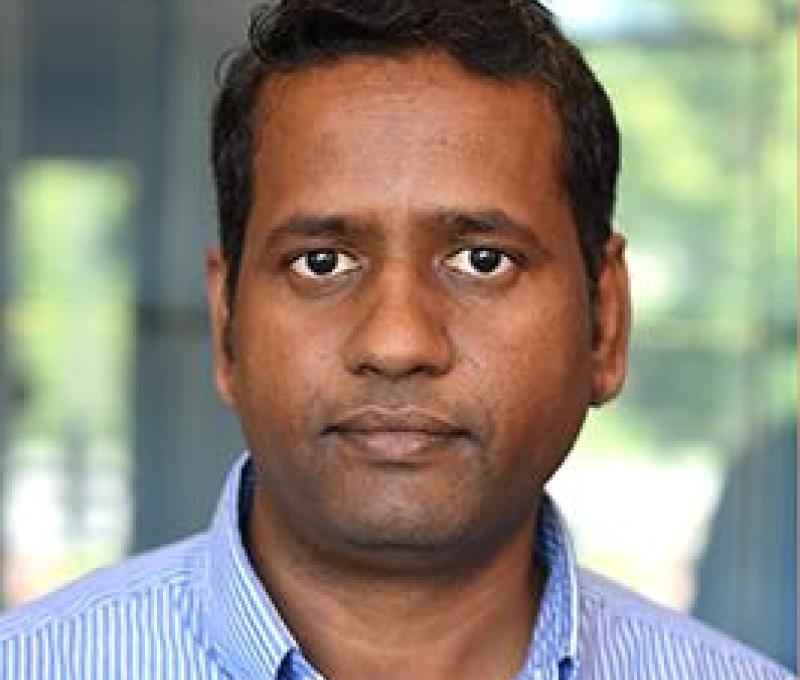SUNY Poly Student Presents Neutron Star Project at International Physics Meeting
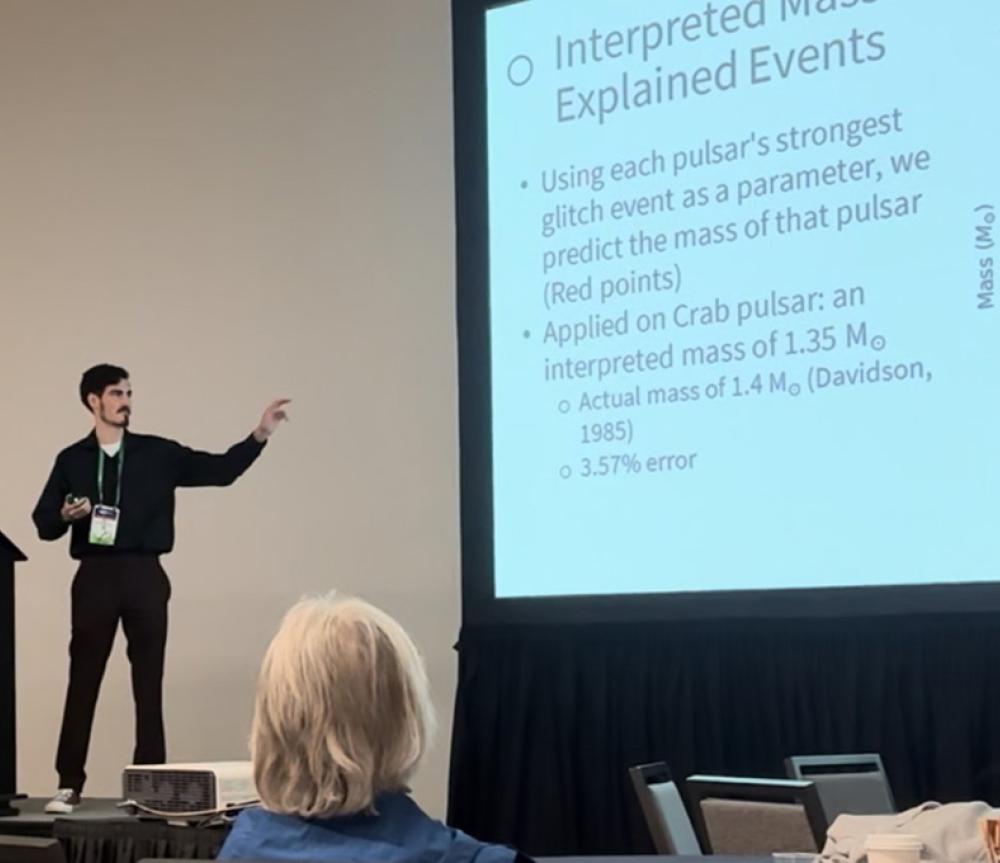
SUNY Poly Student Anthony DeVasto recently presented at the American Physical Society (APS) April Meeting in Sacramento, California, sharing results of a neutron star glitch project completed in collaboration with Dr. Shing Chi Leung, an assistant professor of Physics at SUNY Poly.
The APS April Meeting is a four-day academic conference which focuses on frontier research in fundamental physics ranging from particle physics to cosmology. More than a thousand physics researchers and students around the world attend the conference and present their projects in oral and poster presentations.
Dr. Leung explains that neutron stars are the stellar evolutionary endpoint of stars between 10 – 25 times the mass of the Sun (solar mass). They are extremely compact. With a diameter of about 20 km, one neutron star contains already about 1 – 2 solar mass. At such a high mass density, many fundamental physics related to neutron stars are not fully understood. Neutron stars are also known as pulsars, where astronomers have detected radio wave pulses from more than a few thousands neutron stars. These radio pulses are like astronomical light houses which are extremely regular. Occasionally, astronomers have measured sudden spin-ups in these pulses, known as glitches, and they discovered more than a hundred pulsars exhibiting glitches. Dr. Leung notes that it is highly unclear how such spin-up events occur.
In this project, Anthony applied the starquake model which relates the glitches to the crustal deformation on the neutron star surface. With the most updated neutron star microphysics, he constructed realistic neutron star models and he predicted how these neutron star surface deforms and leads to the glitch events. He has further found that about 16 percent of these events can be interpreted by the starquake model, which includes the famous Crab pulsar. Based on the glitch event, he further derived a method to predict the mass of those pulsars.
Anthony commented that, “My experience at the APS April meeting allowed me not only to present my research, but also to view the research of other undergraduates and those in other institutes. It was enriching to meet and discuss physics with fellow undergraduates while learning the current projects of professional physicists. The talks on dark matter from experimentalists were particularly interesting as my education has been focused in theory, and I learned more about the difficulty in supporting the theories in a laboratory setting under strict physical constraints. I thank the NSF for supporting this trip through the LEAPS-MPS grant.”
Dr. Leung also commented that, “I am more than excited to see Anthony’s project presented in international event. He is our first undergrad student presenting at the APS April Meeting. He proves that our students have the potential to perform research that is recognized by the community. I hope his achievement will inspire future students to consider doing physics projects as a part of their research experience in SUNY Poly.”
Anthony and Dr. Leung plan to continue the research by extending the calculations over the summer and report their results in an article which will be submitted to a peer-reviewed journal.
This project is supported by the National Science Foundation under the grant AST-2316807.

